The natural world is full of fascinating and beautiful plants. Everything from tiny blades of grass to massive behemoths of trees that start with U is all studied with keen interest by experts all over the world.
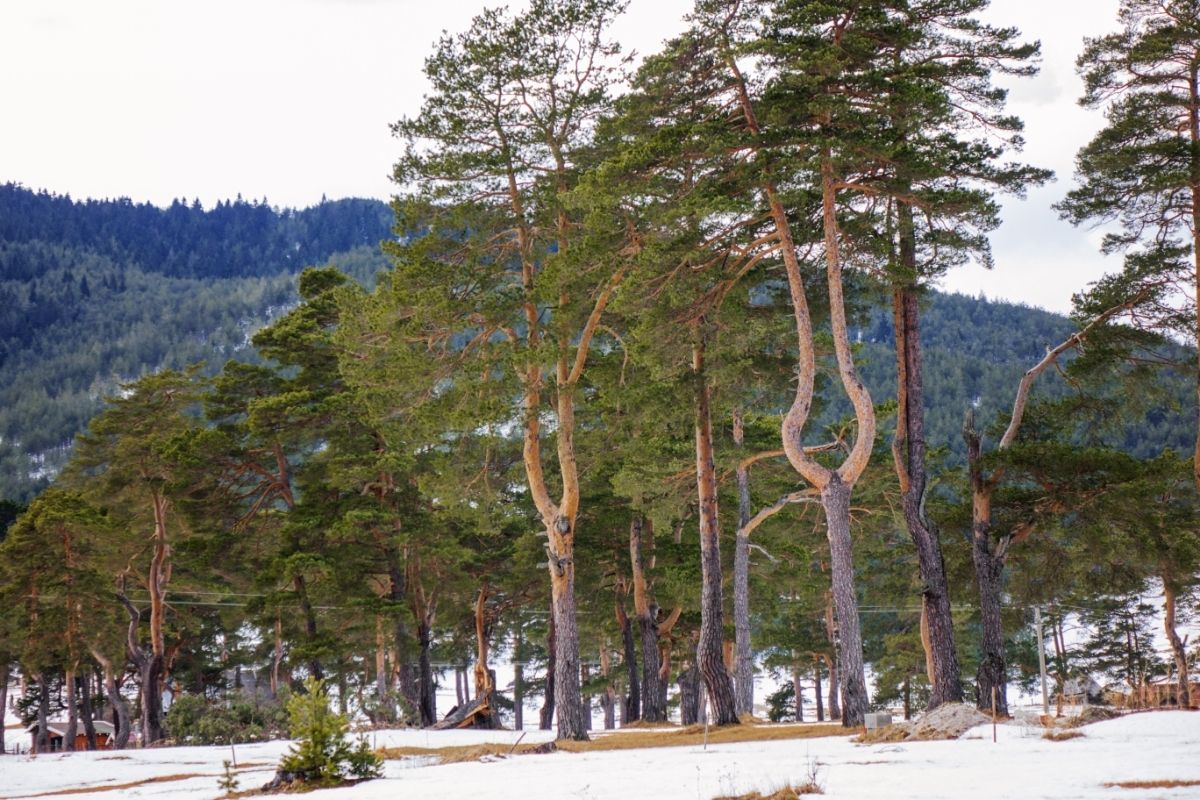
In this article, we’re taking another look at some tree varieties that all share the same first initial. This time, it’s the letter ‘U’.
As you’ll see further on, there really aren’t a lot of U-named trees that exist in the world so we’ll be taking an even deeper look at each one we can find!
1. Umbrella Tree
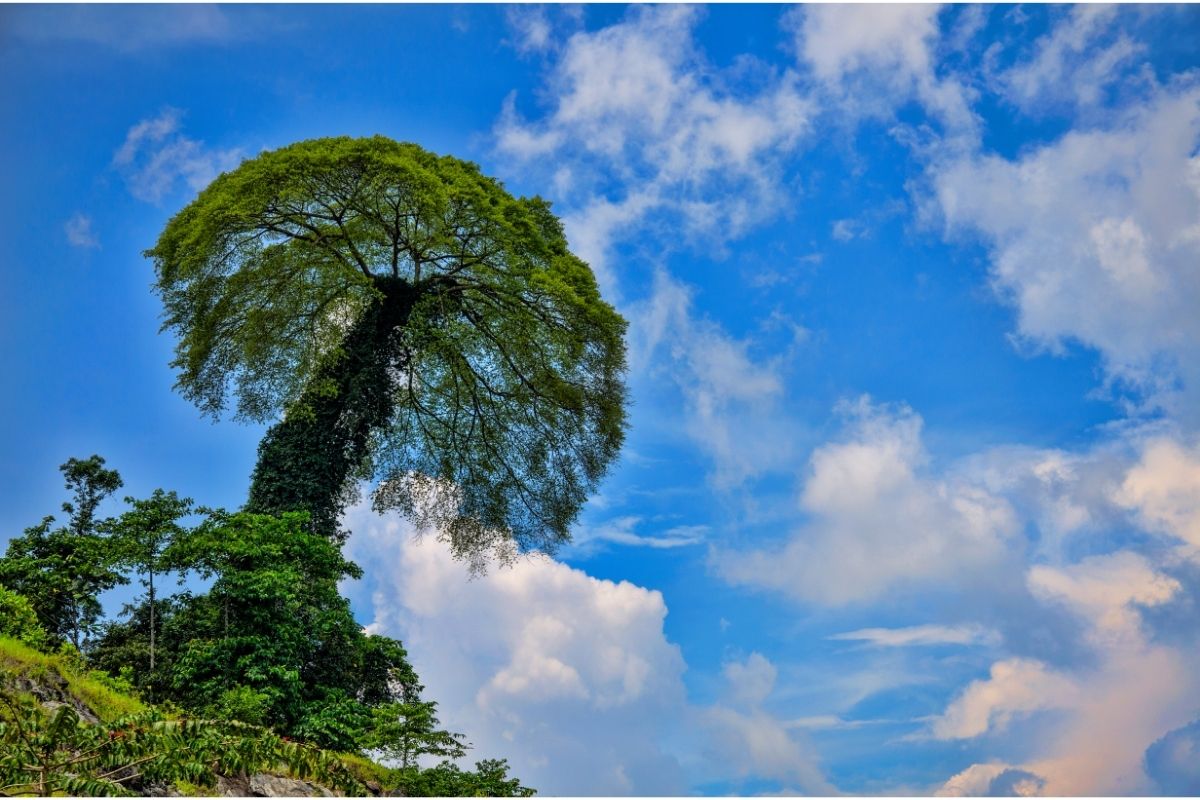
Ok, so the first tree on our list can only loosely be classified as a tree, due to its minuscule size compared to other trees.
In fact, this plant is most commonly referred to as a ‘dwarf umbrella tree’ for the same reason.
In general, the umbrella tree makes a gorgeous houseplant with some rich, dark green leaves that will grow to a variety of different heights that are easy to control.
For example, you could have this plant growing on a window ledge where they will grow to a decent height or simply keep them on a coffee table, further away from sunlight, and they will stay pretty short.
The dwarf umbrella tree itself also descends from a pretty long lineage, coming from a genus that was named after the 18th-century Polish botanist, Johann Peter Ernst von Scheffler.
RELATED: 50 Interesting Trees That Start With X (Including Pictures)
2. Upas Tree

This is just one of the common names for the antiaris toxicaria, which is a tree in the mulberry and fig family.
The tree can be found growing across a vast range of tropical regions, including Australia, Asia, Africa, Indonesia, the Philippines, and Tonga, among others.
The main uses of this particular tree are largely concerned with its wood, barkcloth, and toxic properties.
Indeed, while the seeds from the fruit this tree bears are edible, the latex that grows on it is incredibly toxic.
For this reason, latex is often harvested in Southeast Asian cultures. It is to be used for producing poisonous arrowheads and blow darts to be used as weapons.
Talk about a dangerous plant!
3. Ulmus Tree Varieties
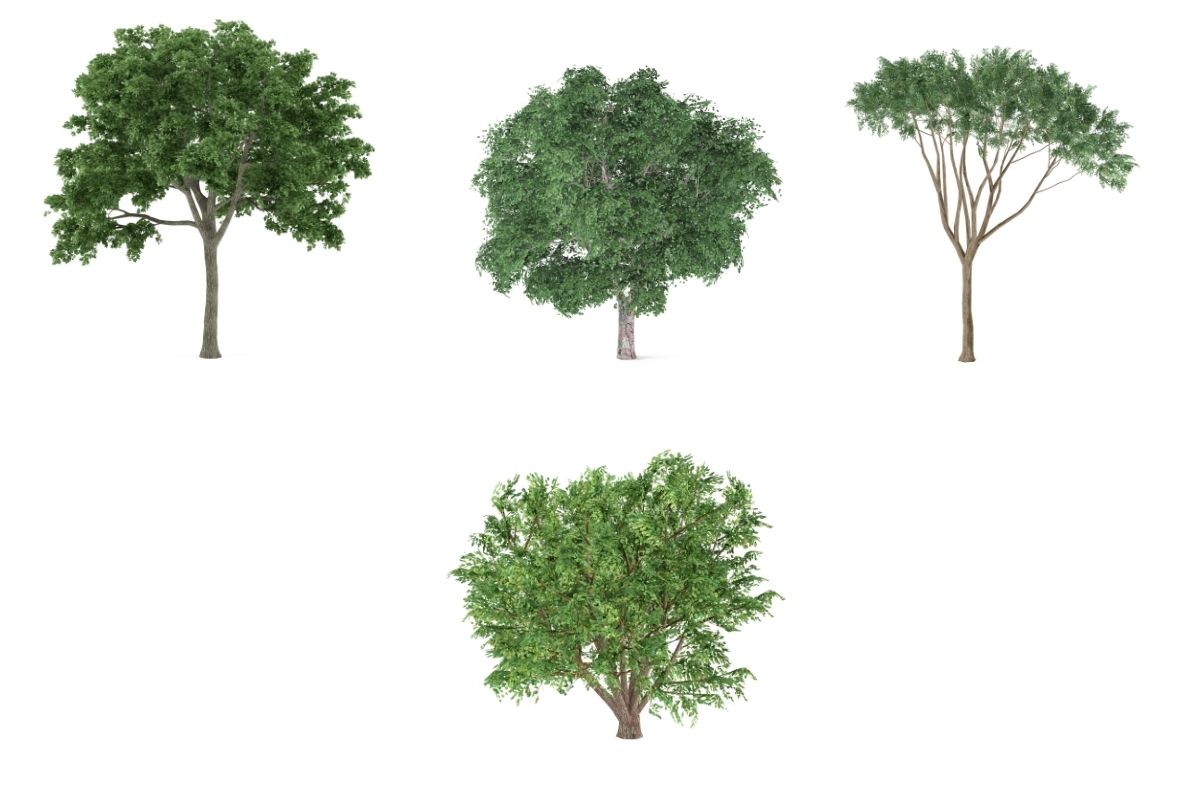
There really aren’t many other common names for trees that start with the letter ‘U’. But the Latin name for the genus of trees known as ‘elm’ does!
Yes, Ulmus is the broad term for a whole variety of different elm tree species and varieties. So we’re going to take a closer look at some of the most interesting.
Elm trees are very commonly found all over the world today. But had their origins around 20 million years ago, primarily in central Asia.
Different species are nowadays artificially planted as ornamental street decorations. As well as in public parks and gardens all over the Northern hemisphere.
Without further ado, let’s examine some of these varieties:
RELATED: 8 Interesting Trees That Start With I (Including Pictures)
4. Ulmus Americana (American Elm)
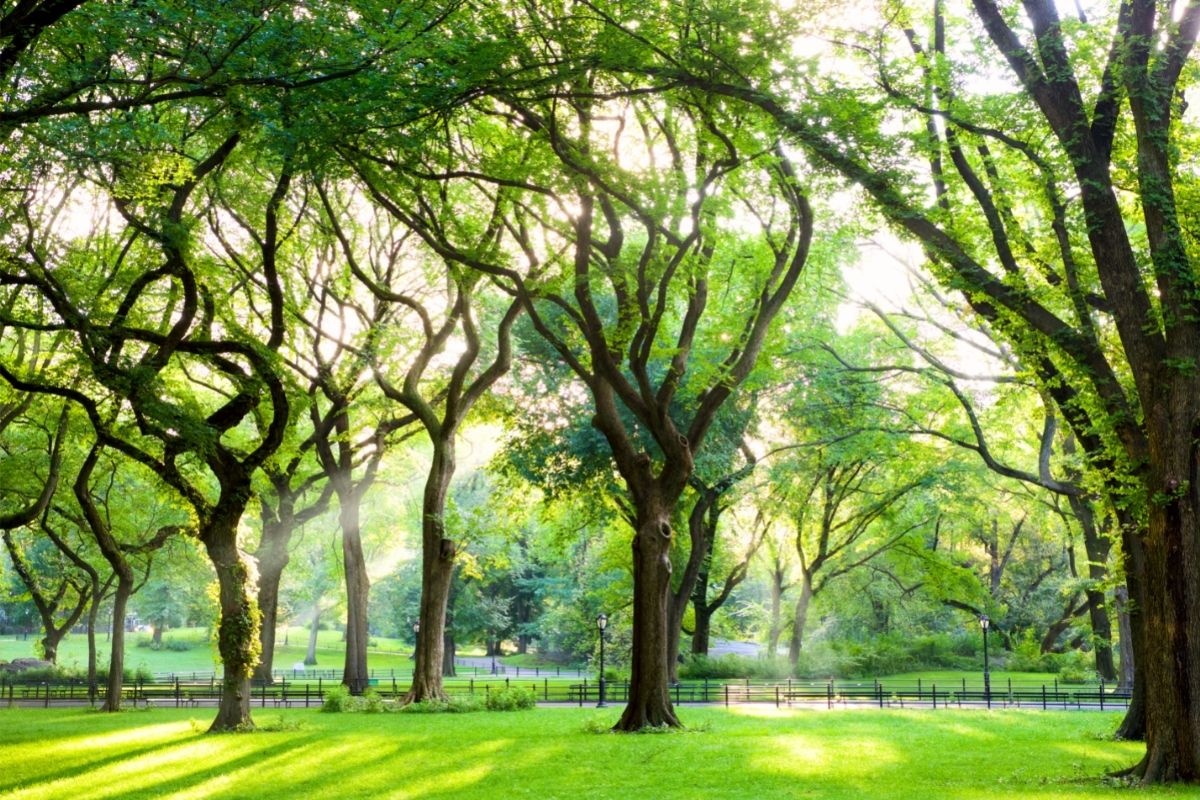
As the name of this species probably suggests, this particular elm is native to North America. In fact, it’s the official state tree of North Dakota and Massachusetts.
It can eventually grow to a height of around 90 feet under good growing conditions. It also sports a very wide-spreading canopy of leaves that provides a great deal of shade.
Unfortunately for this species, it was pretty badly affected by the notorious Dutch elm disease. It was almost wiped out entirely in some parts of the world.
However, modern-day botanists and horticulturists have done an excellent job of returning the American elm to its former glory.
5. Ulmus Crassifolia (Cedar Elm)
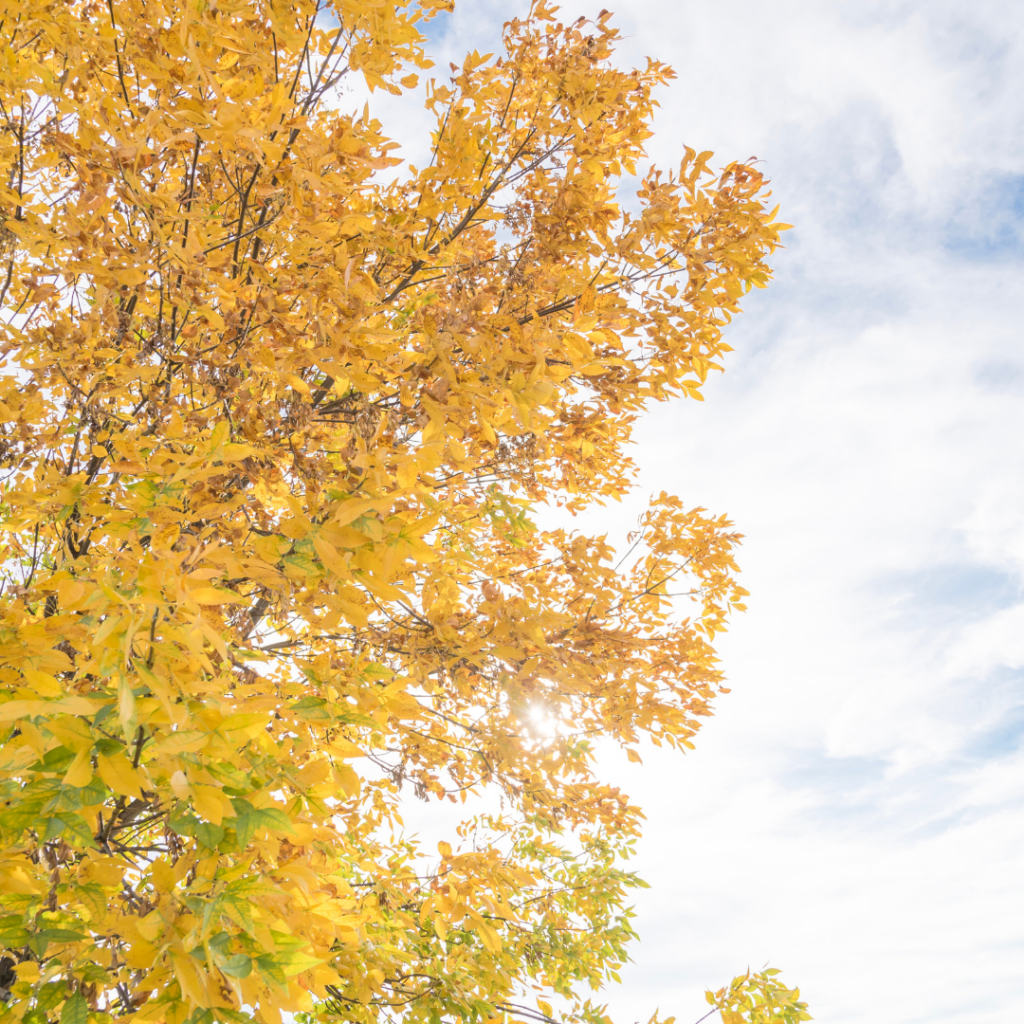
Another North American native, the cedar elm can be found growing mainly in places like Texas, Arkansas, Oklahoma, Mississippi, and Tennessee.
It is actually the most common elm tree in the state of Texas and is often referred to as a Texas cedar elm.
It can also grow to an eventual height of around 90 feet and sports flowers with a reddish-purple color in the late summer and early fall.
Of course, this species is also susceptible to Dutch elm disease. Although not as much as the previous species we looked at.
In fact, the cedar elm is more seriously affected by mistletoe. While it might seem like a fun Christmas tradition for humans. Mistletoe is actually a parasite that can steal important nutrients and water from trees like the cedar elm.
6. Ulmus Parvifolia (Chinese Elm)
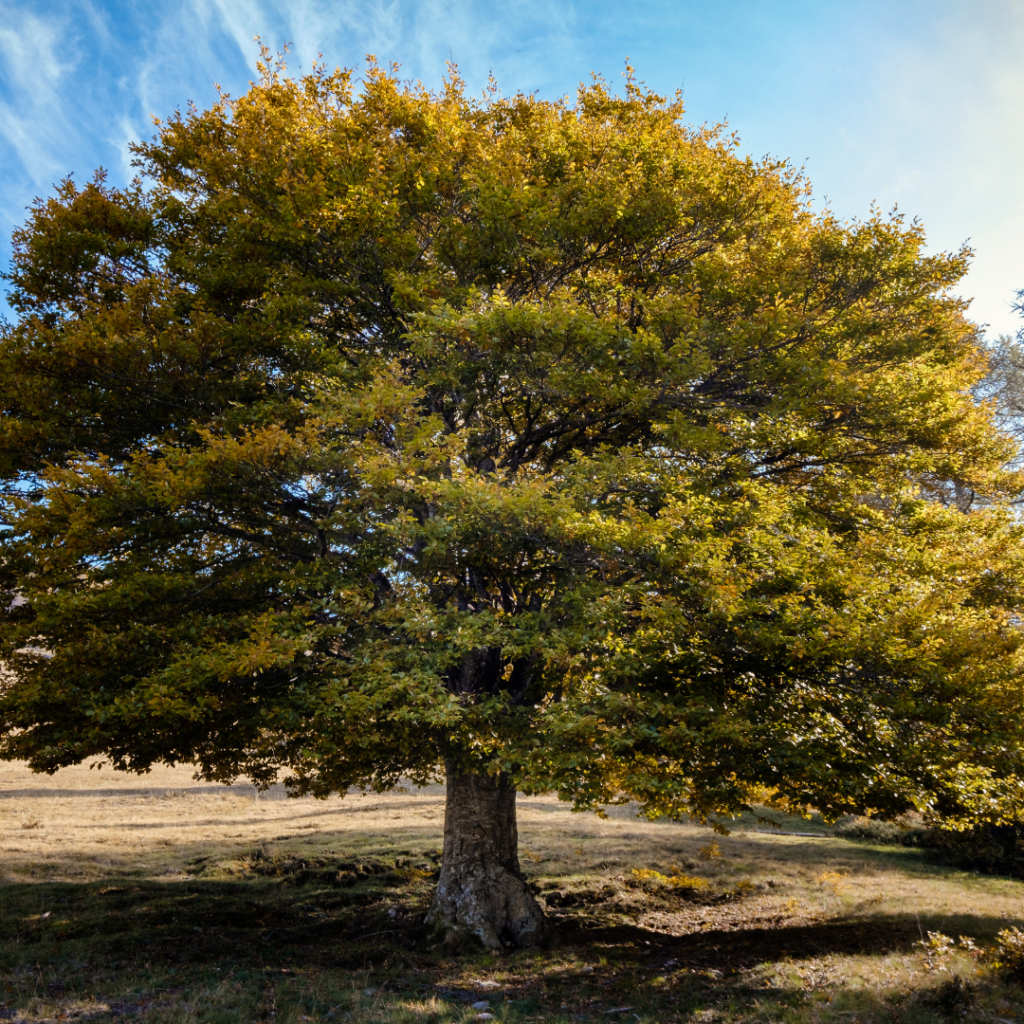
Again, the name of this species probably gives you a clue about where it originates from. That’s right, the Chinese elm is native to Eastern Asian countries like China, India, Japan, Korea, and Vietnam.
Interestingly, it has also been introduced to the United Kingdom to be grown for decorative and ornamental purposes. It was brought over in 1794 by James Main, who was a Scottish botanist.
This tree is much smaller than others we’ve looked at, and will only grow to a maximum height of around 60 feet. But will still spread its canopy wide enough to cover up to 66 feet.
In fact, this species is a very popular choice to use as a bonsai tree. It is highly tolerable to a variety of growing conditions and pruning. So is a great choice for beginner bonsai tree growers.
Not to mention, it gives a very soothing aesthetic when grown well in its tiny little pot!
7. Ulmus Procera (English Elm)
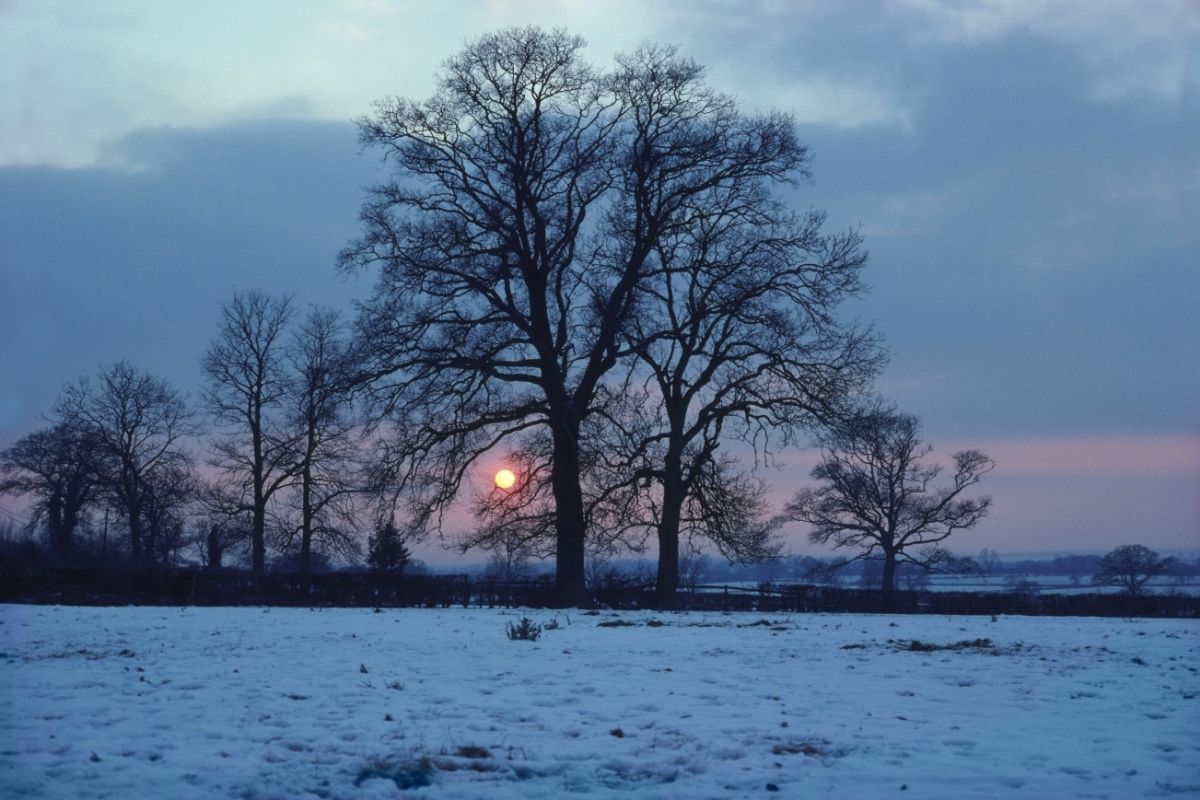
Before the widespread damage of Dutch elm disease. This was the most commonly seen elm tree in England but was ravished harshly by the disease.
Remarkably, this was actually the first species of elm to be genetically engineered to resist diseases like Dutch elm disease at the University of Abertay Dundee.
It’s a very large species compared to other elms and can reach a full height of roughly 130 feet. With a trunk that has a diameter of 6.5 feet!
Its small, reddish-purple flowers appear commonly in early spring. Before the leaves start to grow, giving the whole tree a wonderful spectrum of color over these months.
RELATED: Top 10 Types of Elm Trees| Elm Tree Uses, Pictures and Identification Guide
8. Ulmus Pumila (Siberian Elm)
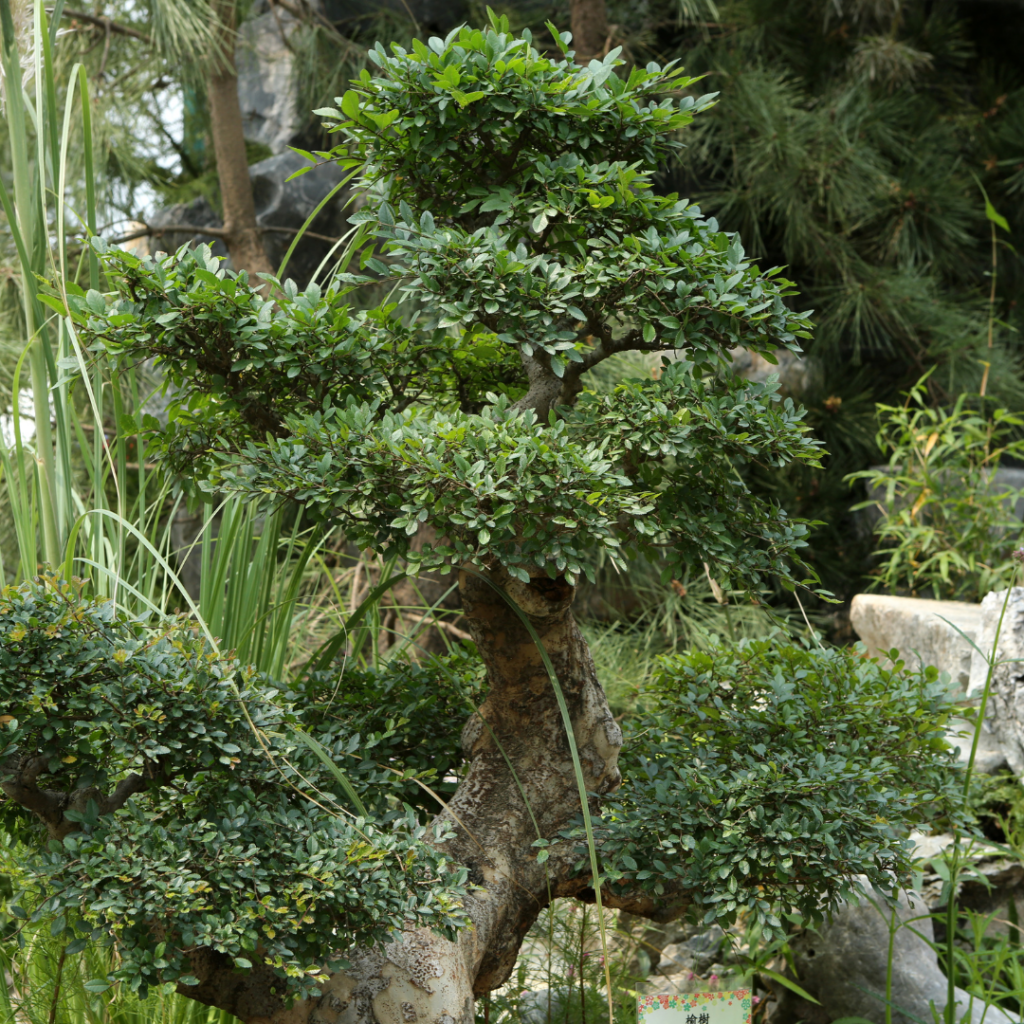
While this species is native mainly to Central Asia and parts of Russia, it has since been cultivated in other regions. It can be found growing in North America, Argentina, and Southern Europe.
It’s another medium-sized elm that will grow up to around 80 feet at full height. But has a largely unique overall appearance compared to other species of elm.
The bark of the Siberian elm is a dark gray color, with irregular fissures running along its trunk.
Similarly, the flowers it produces are more brown shade of red than normal and its leaves are more yellowish-gray than green.
In general, this species has a much duller, more muted aesthetic appearance and it is not as desirable as other varieties for decorative or ornamental purposes.
9. Ulmus Glabra ‘Camperdownii’ (Camperdown Elm)
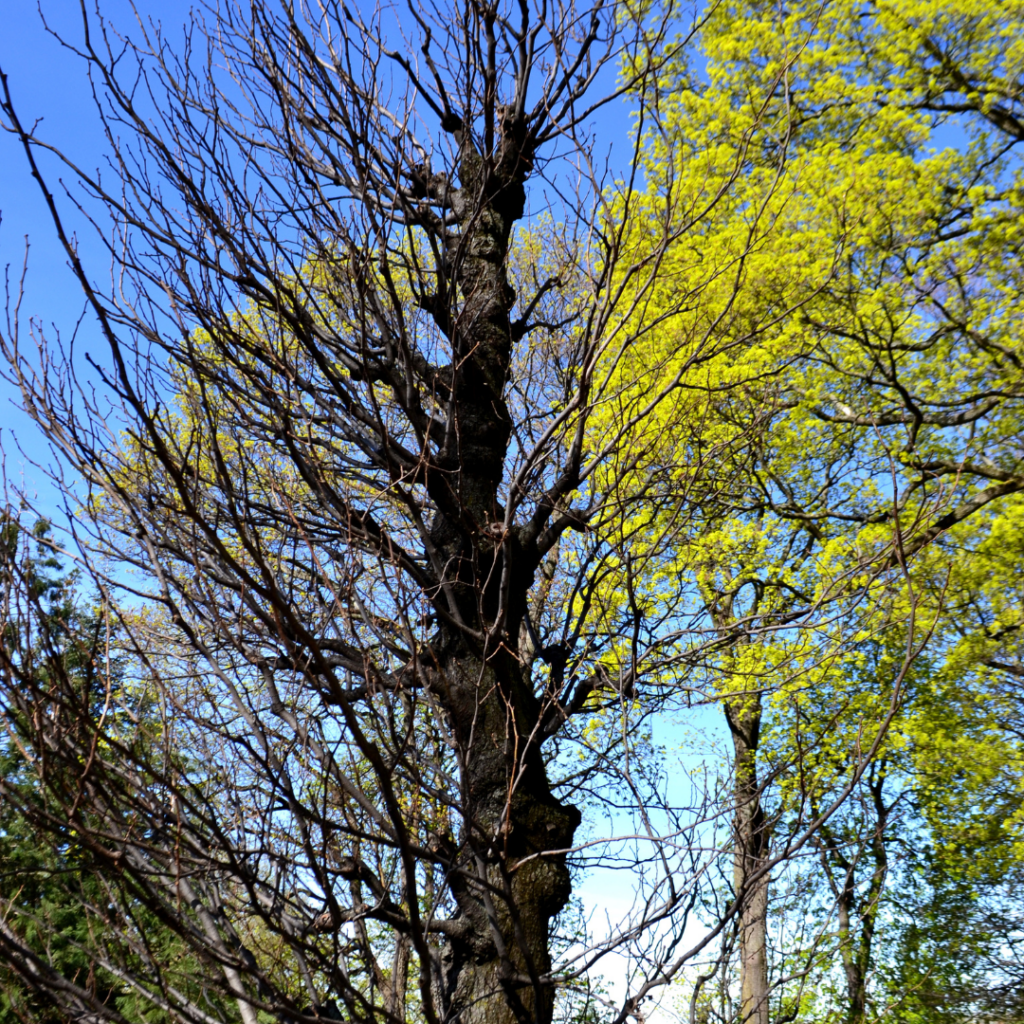
This particular species of elm boasts a distinctly unique appearance compared to pretty much every other variety out there.
It is said to have a ‘weeping habit’, meaning its branches tend to bend away from the trunk in a downward direction, much like a weeping willow.
It was originally found to grow in Dundee, Scotland but has since been cultivated in North America, Australia, and other parts of Europe.
The maximum potential height and spread of this tree can vary dramatically depending on its location. Because latitude can have a surprisingly large effect on its growing habits.
10. Ulmus Villosa (Cherry-Bark Elm)
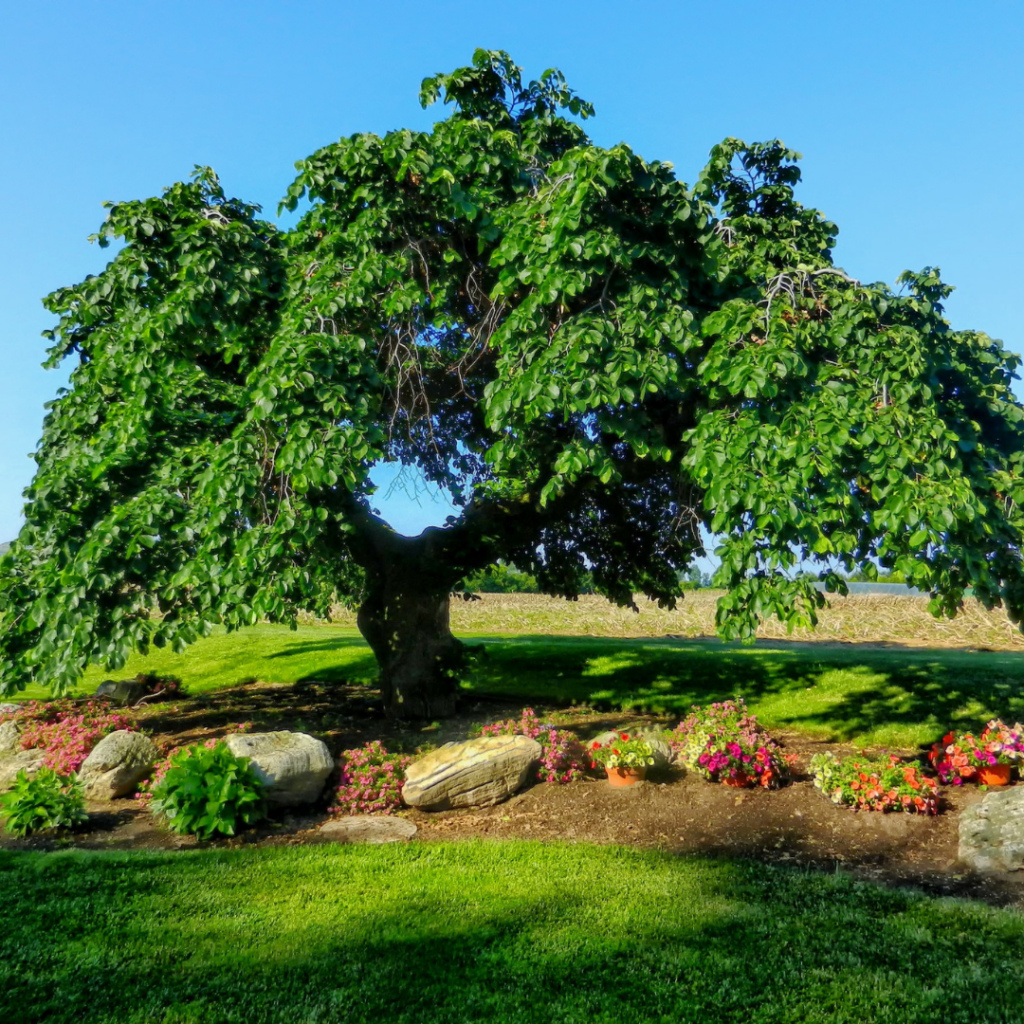
Despite not being nearly as common today as it used to be. The cherry-bark elm is certainly distinctive when compared to other species.
The name can be deceptive because the bark of this tree isn’t too dissimilar from other elm trees. But it does still grow to a great height and can produce all kinds of irregularly shaped branches.
It was a harsh victim of Dutch elm disease, which means you won’t find many growing naturally today.
In fact, it is one of the rarest elm trees in the world, with only a handful being grown in European countries, despite the best efforts of horticulturalists.
11. Ulmus Davidiana (David Elm)
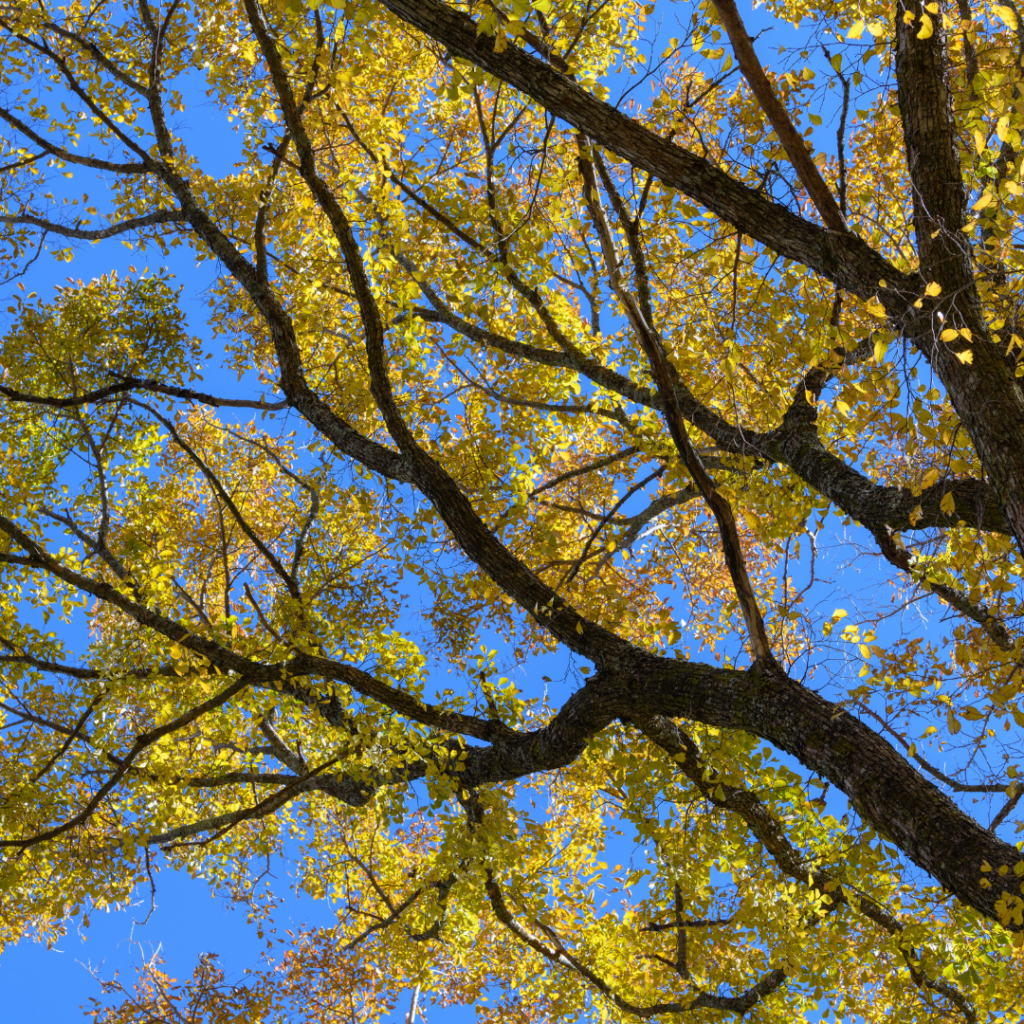
The final elm tree on our list is one that is native mainly to China but can also be seen growing in Korea, Siberia, and Japan.
It is said to have a very similar appearance to the American elm. But will ultimately grow to a smaller maximum height under proper growing conditions.
It was first found growing in 1873 in the hills of Beijing, which aptly demonstrates the species’ ability to grow in some fairly harsh conditions that others might not survive in.
In fact, this is one of the few elm trees in the world to have good natural resistance to Dutch elm disease. As well as elm leaf beetle, which can be similarly damaging.
Final Thoughts
Like we said at the start, there really aren’t many common names for trees that start with U. So the majority rely on the various elm species that grow around the world.
Regardless, there is plenty of diversity within the Ulmus genus that makes it a very interesting tree to examine and learn about.
Editor’s Recommendations
10 Awesome Trees That Start With O (Including Pictures)
10 Different Types Of Trees That Start With T (Including Photos)







